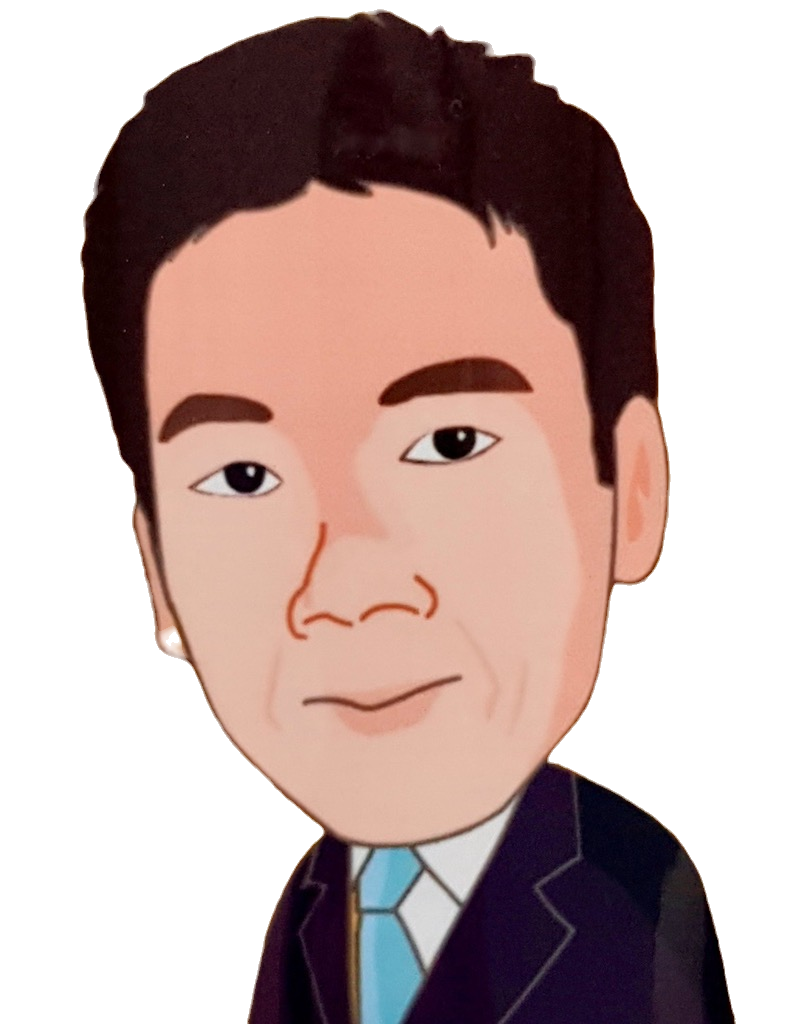Allan Ung

"Good workplaces develop beginning with the 5S's.
Bad workplaces fall apart beginning with the 5S's.”
Dr. Hiroyuki Hirano
In a world where organizations seek heightened competitiveness, the widespread adoption of Lean principles is becoming a norm. A comprehensive strategy demands the seamless integration of office activities with manufacturing operations to eradicate waste, a crucial step in boosting productivity.
Regardless of nomenclature, the office operates as a hub of paperwork. Elevating efficiency begins with the widespread incorporation of 5S principles across all office and administrative functions.
In the pursuit of a culture of perpetual improvement, 5S acts as a mirror reflecting our attitudes and behavioral shifts during the transformative process.
5S, a foundational management philosophy, acts as a catalyst for waste elimination and improved workplace organization and standardization. Serving as the bedrock for continuous improvement initiatives, it becomes the canvas upon which other Lean methodologies can be painted, all while fostering robust employee engagement.
Despite the apparent simplicity of 5S concepts, many organizations stumble in their implementation, often misinterpreting it as an exhaustive spring-cleaning regimen. However, 5S transcends mere housekeeping; it represents a method for profound workplace organization and productivity enhancement.
The benefits of 5S implementation are vast, ranging from reduced employee errors to improved safety, morale, and customer service. Originating from five Japanese words, namely Seiri, Seiton, Seiso, Seiketsu, and Shitsuke, 5S translates into its English equivalents: Sort, Set In Order, Shine, Standardize, and Sustain.

5S Principles
Let's delve into each 5S principle:
Sort (Seiri)
Distinguish between the necessary and unnecessary, discarding what's surplus. Organize desks, shelves, cabinets, and files, keeping only essentials. Align frequently used items near workstations and store infrequently used ones further away.
Set In Order (Seiton)
Arrange essential items for easy access, focusing on functional storage to eliminate the need for prolonged searches. Maintain a system where finding an item takes less than 30 seconds. Practice tips include removing outdated information, archiving electronic files, and defining filing standards.

An office desk before and after conducting 5S Sort, Set In Order and Shine. Clutter and unused items have been removed leaving only what is needed.
Shine (Seiso)
Keep things clean and tidy, understanding that cleaning is a form of inspection. Tips include dividing office areas into zones, obtaining appropriate cleaning tools, and inspecting equipment while cleaning.
Standardize (Seiketsu)
Establish standards and guidelines to maintain an organized office. Focus on standardization and employ visual management tools like colored labels and signboards. Display the 5S system and activities on a bulletin board, rewarding and recognizing participation.
Sustain (Shitsuke)
Make 5S a habit and instill adherence to established standards. Emphasize habit formation and cultivate a disciplined office environment. Regular communication, housekeeping sessions, inspections, and continuous improvement efforts are key components.
5S and Visual Management
Visual management enhances 5S practices by using visual tools like signs, labels, color-coding, and diagrams. It improves workplace organization, communication, and productivity. Visual cues help identify, locate, and return items efficiently, while visual boards display progress updates and action items.
Conclusion
5S, a fundamental management philosophy, forms the basis for continuous improvement and employee engagement. Its principles offer a framework for efficient workplace organization, reducing errors. Integrating these principles into daily activities fosters a culture of improvement, ultimately benefiting both employees and customers. Though implementing 5S demands discipline, the resulting advantages make the effort worthwhile.

Article by Allan Ung, Principal Consultant at Operational Excellence Consulting, a distinguished management consultancy based in Singapore. Our firm specializes in maximizing customer value and minimizing waste through the strategic adoption of Design Thinking and Lean management practices. For further details, please visit www.oeconsulting.com.sg

























Commentaires